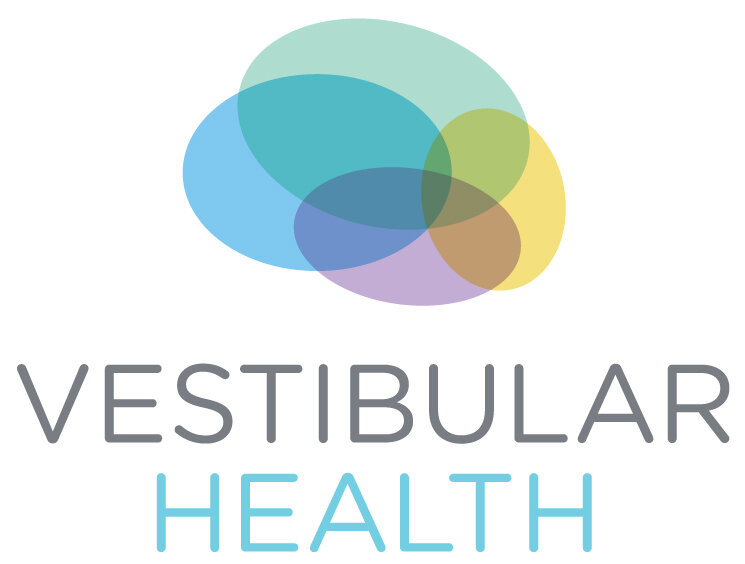Untangling synkinesis: Finding harmony after facial nerve palsy
Experiencing facial palsy can be a challenging journey. The sudden weakness or paralysis on one side of your face can impact everything from your smile to your ability to close your eye. While many people recover well, some individuals develop a perplexing condition called synkinesis.
What is synkinesis?
Imagine trying to smile, but your eye also closes or your neck muscles tighten. Or perhaps you are closing your eyes, and the corner of your mouth pulls up. This is synkinesis: unintended, simultaneous movements of different facial muscles. It is like your facial nerves have gotten their wires crossed.
This often occurs during the recovery phase after a facial nerve injury, such as from Bell's Palsy, Ramsay Hunt Syndrome, acoustic neuroma, or other causes of facial nerve damage. As the nerve regenerates, it can sometimes re-innervate muscles incorrectly, leading to these co-contraction patterns.
These co-contractions can be so strong in some cases that patients will erroneously report that their face feels weak because as they go to smile, even though the cheek muscle that is responsible for smiling activates, the corner of the mouth does not move. This is because other synkinetic muscles such as the platysma in the neck or the buccinator in the mid cheek activate and pull the corner of the mouth in the opposite direction.
Why does synkinesis happen?
When the facial nerve is damaged, its intricate network of pathways is disrupted. During the healing process, new nerve branches sprout. Sometimes, these regenerating nerve fibers grow towards the wrong muscles. For example, a nerve fiber that was originally meant for the corner of your mouth might mistakenly re-innervate a muscle in your eye. This "miswiring" leads to unwanted movements. This is a common part of the recovery process for many individuals.
Avoid electrical stimulation! One study followed hundreds of patients with facial palsy over 10 years and it was found that patients who received acupuncture with electrical stimulation were significantly more likely to develop synkinesis. By further stimulating overactive synkinetic muscles, you can reinforce the synkinesis!
The impact of synkinesis
While usually not painful, synkinesis can be frustrating and significantly affect quality of life. It can impact/cause:
Facial aesthetics: The involuntary movements can make facial expressions appear unnatural or strained.
“Tug of war”: When muscles other than the intended muscles activate during movement, this can lead to a tug of war between opposing muscles, this can reduce movement and reduce range of motion.
Thickening and tightening: facial muscles can become quite thick and tightened in a synkinetic face.
Speech and eating: Co-contractions can interfere with speech articulation and chewing.
Eye health: A synkinetic response called the Bell’s reflex can lead to incomplete eye closure, reduced blink and can cause dryness or irritation.
Emotional well-being: Feeling self-conscious about facial movements can lead to anxiety or social withdrawal.
Synkinesis treatment and rehabilitation
The good news is that synkinesis can be managed and improved with the right approach. The key lies in targeted rehabilitation and specialized physiotherapy.
One of the most effective strategies is facial neuromuscular retraining. This is a highly specialized form of physiotherapy that focuses on "re-educating" your facial muscles and nerves. It is about teaching your brain to “find the address” of the right muscles and to inhibit or unlink the unwanted synkinetic movements.
What does Facial Neuromuscular Retraining involve for synkinesis?
A qualified physiotherapist with expertise in facial rehabilitation will address synkinesis by trying to get the correct muscles activation and movement sequencing. They will guide you through a personalized program that will include:
Detailed movement assessment: Identifying specific synkinetic patterns and muscle imbalances.
Intraoral exam: Soft tissue restrictions need to be addressed before movement retraining. Relieving muscle tension and tightness will help the muscles to work with greater ease and correctly.
Relaxation techniques: Reducing overall facial tension through breathing, external and intraoral massages and stretches.
Targeted exercises: Performing specific movements to activate correct muscles and inhibit the synkinesis. This isn't about doing hundreds of repetitions, but rather about precise, controlled movements.
Home exercise program: This is key! Consistent effort and repetition at home will reinforce new movement patterns.
The goal of these exercises and retraining is to promote independent muscle control, reduce involuntary movements, and improve the symmetry and naturalness of your facial expressions.
Recovery from synkinesis
Recovering from synkinesis takes patience, perseverance, repetition, and the right guidance. It is not a quick fix, but with consistent effort and a skilled physiotherapist specializing in facial palsy and synkinesis treatment, significant improvements are possible. There are times when additional measures are necessary - this may include treatments like Botox to reduce the activity of overactive muscles, or surgery. Your physiotherapist can talk to you about these options.
If you are experiencing synkinesis after facial palsy, seek out a physiotherapist with expertise in facial rehabilitation. They can help you untangle those crossed wires and guide you back to more harmonious facial movement.
Looking for more support? Book an appointment with our experienced facial nerve palsy physiotherapists.
